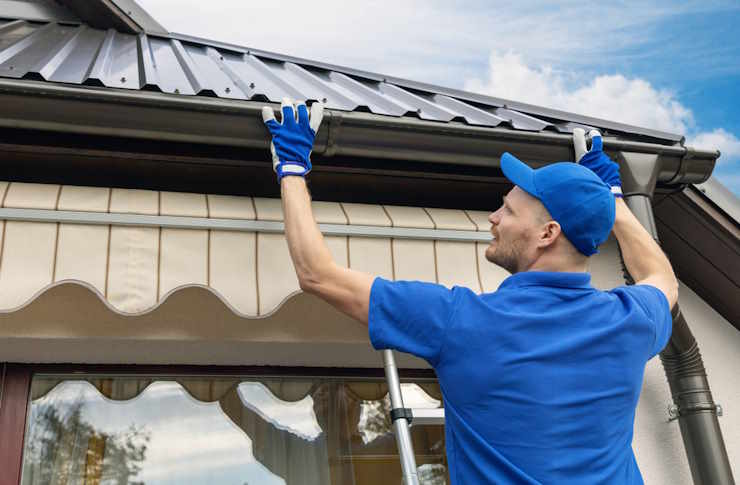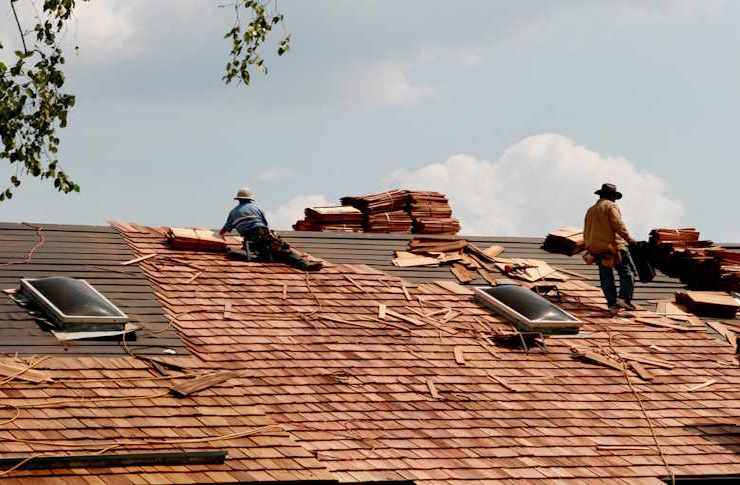Roofing Services: Guide to Types, Contractors, and Maintenance
A roof protects a building from weather and affects energy efficiency, appearance and long-term durability. This guide explains what typical roofing services cover, how to choose qualified contractors for local services, material options, routine upkeep, and regulatory points relevant to homeowners and landlords in the UK. The aim is to give clear, practical information to help you make informed decisions without promotional claims.

What do roofing services cover?
Roofing services typically include inspection, repair, partial or full replacement, installation of flashings and gutters, and work on chimneys or roof windows. Contractors may offer emergency repairs after storms, scheduled maintenance, and advice on ventilation and insulation to improve thermal performance. Many firms also handle flat-roof membranes and pitched-roof installations, ensuring work complies with building regulations. When enquiring about local services, ask for a written scope that details materials, exclusions and timelines to avoid misunderstandings.
How to choose a roofing contractor?
Selecting a contractor involves checking credentials, insurance and references. Confirm they hold public liability and employer’s liability insurance and are registered with relevant trade associations if applicable. Request examples of recent work and contactable referees, especially for projects in your area. Obtain at least two written estimates that itemise labour and materials. Look for clear communication about warranties and any required local authority permits. A reliable contractor will provide a written contract, start and completion dates, and a plan for site protection and waste disposal.
Common roofing materials and their typical uses
Pitched roofs commonly use asphalt (fibreglass) shingles, natural slate, concrete or clay tiles, and metal sheets. Slate and clay are long-lived but heavier and often require stronger rafters. Metal roofing offers durability and quicker installation and is suited to some modern and agricultural buildings. Flat roofs commonly use built-up felt, single-ply membranes (EPDM, PVC), or liquid-applied systems. Each material has trade-offs in cost, lifespan, maintenance needs and appearance; choice should reflect roof pitch, structural capacity and aesthetic considerations in conservation areas or for listed buildings.
Repair vs replacement: when to decide
Minor issues such as slipped tiles, small leaks around chimneys or damaged flashings can often be repaired and extend a roof’s life. Repeated leaks, widespread tile or slate loss, significant sagging, or degraded underlay indicate the need for partial or full replacement. An inspection will assess roof structure, rafter condition and insulation; sometimes decay or rot in structural timbers necessitates more extensive work. A staged approach—urgent repairs first, then planned renewal—can be practical, but weigh the cumulative cost of recurrent fixes against replacement when deciding.
Routine maintenance and inspections
Regular maintenance helps prevent costly repairs. Recommended tasks include clearing gutters and downpipes, removing moss and debris, checking flashings around chimneys and roof lights, and inspecting for slipped or cracked tiles after storms. Arrange a professional inspection every few years or after severe weather; a surveyor can identify hidden issues like poor ventilation, dampness in loft spaces, or failing underlay. Keep records of maintenance and repairs, which can be useful for warranties and when selling the property. Use local services familiar with regional weather impacts and common roof types.
Permits, warranties and compliance
Roofing work may require building regulations approval in the UK, especially when altering structure, changing insulation levels or installing certain roof windows. Local authority guidance or an approved inspector can clarify requirements. Distinguish between manufacturer warranties (covering material defects) and workmanship guarantees from the contractor; both should be detailed in writing. If work affects a listed building or conservation area, listed building consent or planning permission may also be needed. Ensure any electrical or solar installations are certificated under relevant schemes and that certificates are provided on completion.
Conclusion
Understanding what roofing services include, the options for materials, and how to evaluate contractors can reduce risk and improve outcomes for maintenance or replacement projects. Regular inspections, clear written agreements, and attention to building regulations and warranties support long-term performance. Using reputable local services and keeping records of work carried out will help preserve the roof’s function and the property’s value without relying on unverified claims.



